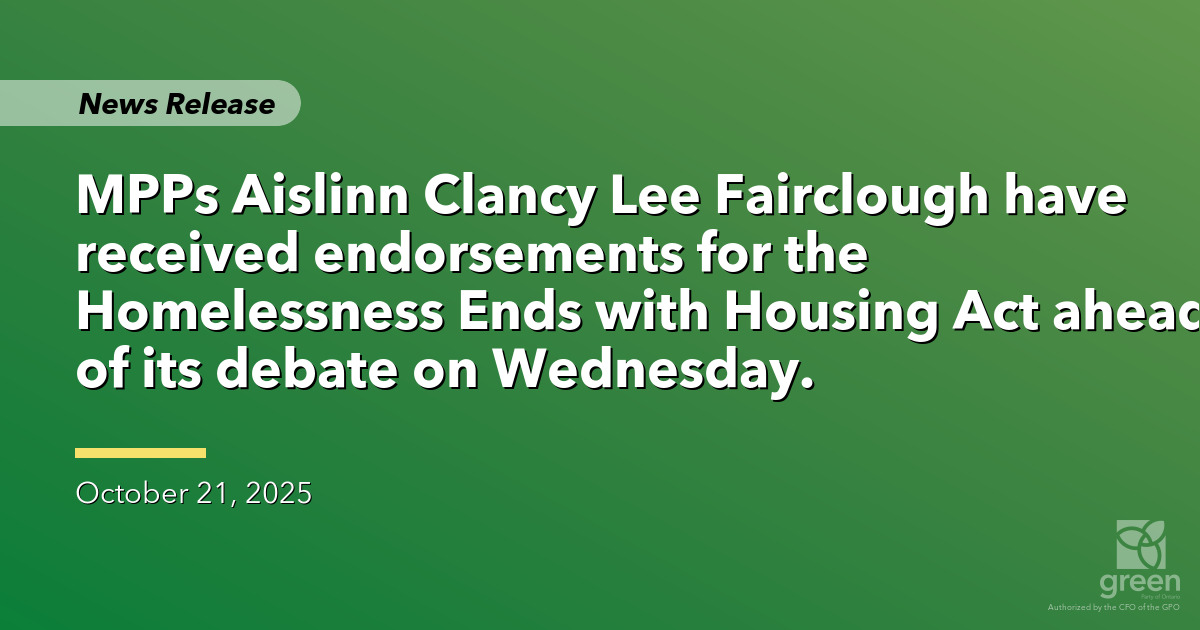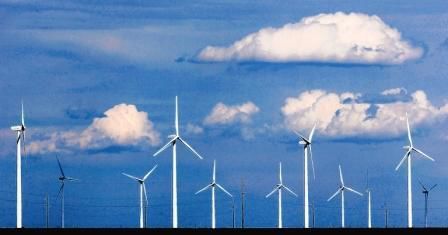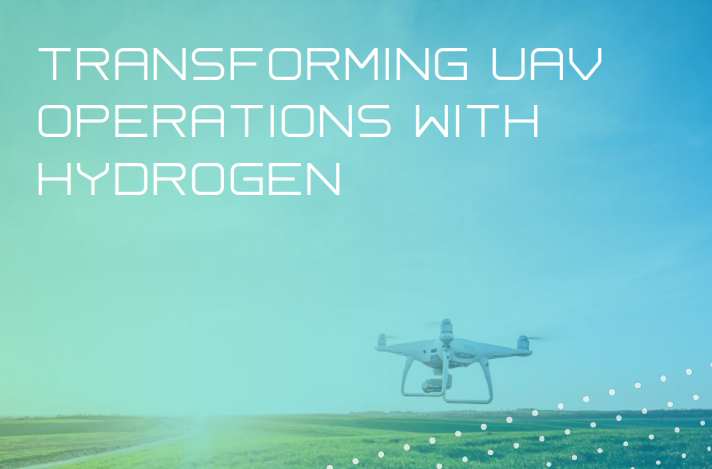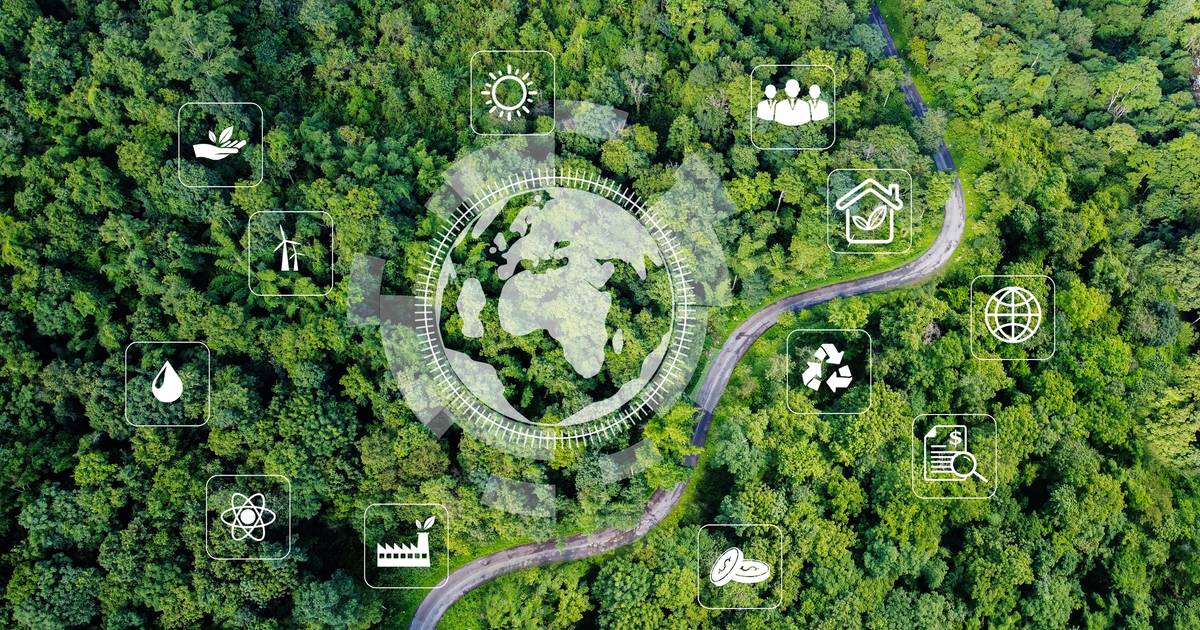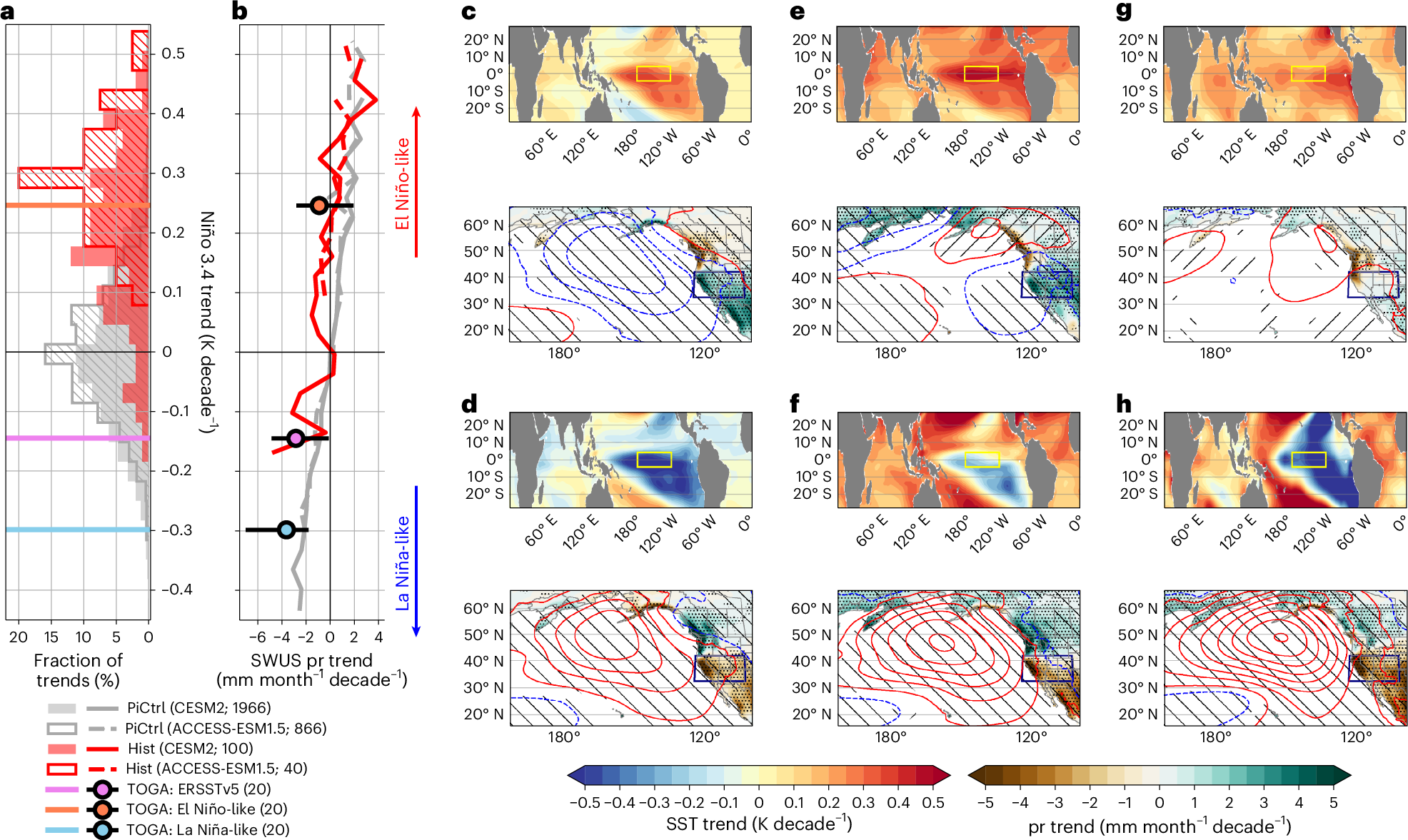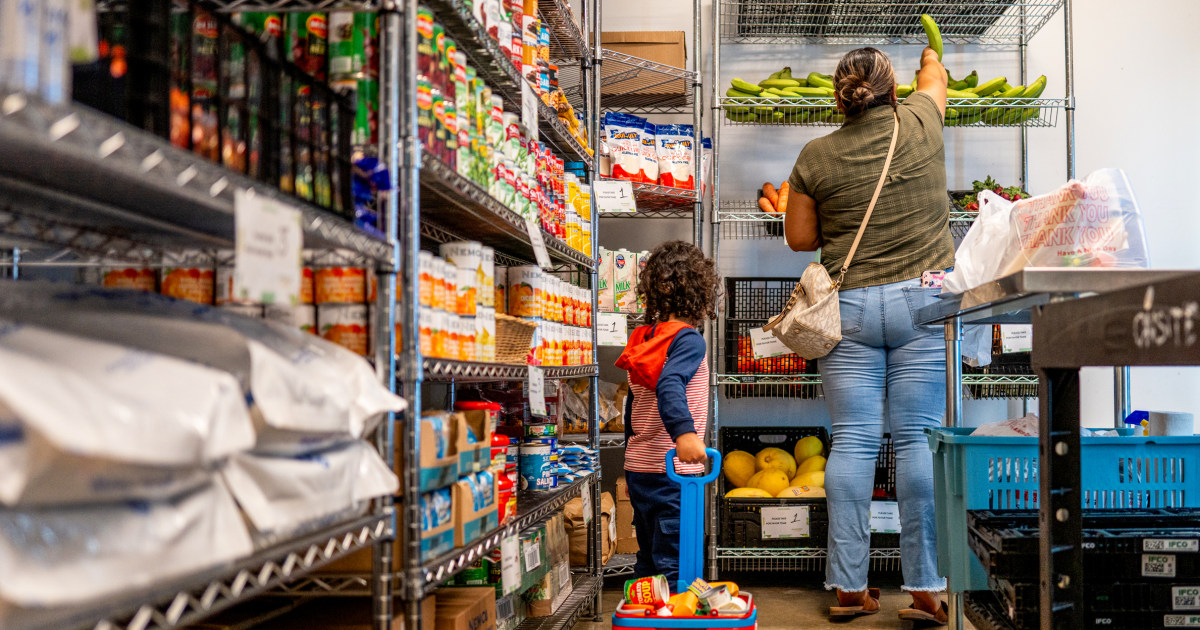Forging Vietnam’s carbon market: from policy framework to practical action – Vietnam Investment Review – VIR
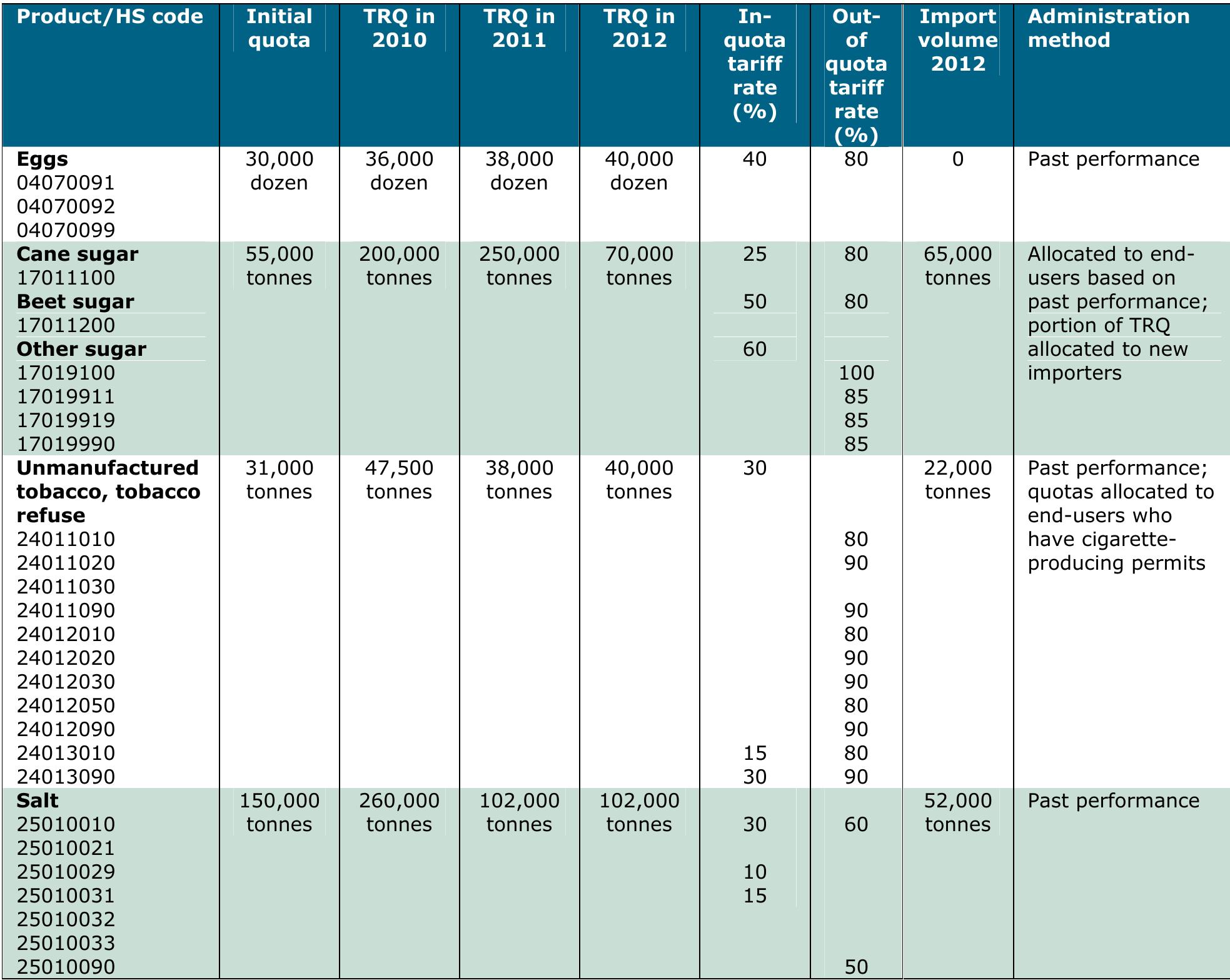
Report on the 2025 Vietnam Net-Zero Forum and Carbon Market Development
Executive Summary
The 2025 Vietnam Net-Zero Forum, held in Hanoi, served as a critical platform for stakeholders to deliberate on the establishment of a national carbon market. This initiative is central to Vietnam’s strategy for achieving its 2050 net-zero emissions target, a commitment directly supporting Sustainable Development Goal 13 (Climate Action). The discussions highlighted the integration of economic instruments with national climate policy to foster a low-carbon economy, attract sustainable investment, and advance multiple SDGs simultaneously.
Vietnam’s Strategic Approach to Climate Change and Sustainable Development
Aligning with SDG 13: Climate Action
Vietnam’s commitment to achieving net-zero emissions by 2050, announced at COP26, forms the cornerstone of its climate policy. This pledge necessitates a comprehensive national effort to mitigate the impacts of climate change, to which Vietnam is highly vulnerable. Key strategies include:
- Implementing wide-ranging emission reduction measures across industry, agriculture, transportation, and energy sectors.
- Integrating market-based regulatory instruments, such as a carbon market, into national policy frameworks.
- Updating Nationally Determined Contributions (NDCs) to reflect heightened ambition in climate mitigation and adaptation.
Integrating Economic Growth and Environmental Stewardship (SDG 8 & SDG 17)
The forum underscored the challenge of pursuing dual national objectives: achieving high-income status through robust economic growth (SDG 8: Decent Work and Economic Growth) while concurrently reducing greenhouse gas emissions. The development of a carbon market is positioned as a vital economic tool to navigate this challenge. This approach is designed to:
- Promote a green transition that does not compromise economic development goals.
- Enhance international cooperation and attract foreign investment for sustainable projects, directly contributing to SDG 17 (Partnerships for the Goals).
- Require a unified effort from all sectors of society, including government, private enterprise, and civil society.
Opportunities for Carbon Market Development Aligned with the SDGs
Leveraging National Assets for Sustainable Development
Vietnam possesses significant potential to generate high-quality carbon credits by leveraging its natural and industrial capacities. These opportunities are directly linked to several Sustainable Development Goals:
- Forestry and Land Use (SDG 15: Life on Land): Vietnam’s extensive forest coverage and readiness to implement Reducing Emissions from Deforestation and Forest Degradation (REDD+) initiatives present a major source of carbon credits.
- Renewable Energy (SDG 7: Affordable and Clean Energy): The expanding renewable energy sector, particularly in wind and solar power, is crucial for decarbonizing the energy grid and generating credits.
- Sustainable Agriculture (SDG 2: Zero Hunger & SDG 12: Responsible Consumption and Production): The agricultural sector offers significant emission reduction potential through improved practices and technology.
- Waste Management and Circular Economy (SDG 11: Sustainable Cities and Communities & SDG 12): The adoption of waste-to-energy technology can reduce landfill waste by over 90% and substantially cut methane emissions.
Practical Applications and Case Studies in Sustainability
Sector-Specific Contributions to the SDGs
The forum showcased practical examples of projects that contribute to both emission reductions and broader sustainable development objectives.
- Livestock Sector (SDG 7, SDG 13): The Biogas Programme for the livestock sector effectively captures methane, a potent greenhouse gas, for use as affordable clean energy. This initiative has already generated approximately 928,000 carbon credits annually.
- Sustainable Agriculture (SDG 2, SDG 12): A low-emission, high-efficiency rice-shrimp farming model demonstrates a pathway to sustainable food production that enhances both yields and environmental outcomes.
- Corporate Initiatives (SDG 9: Industry, Innovation, and Infrastructure): The carbon neutrality initiatives undertaken by high-tech agriculture conglomerate TH Group exemplify corporate leadership in driving sustainable production.
- Community-Based Forestry (SDG 15, SDG 17): A project in Cao Quang commune, Quang Tri province, highlighted opportunities for local communities to engage in forest protection and benefit from participation in the carbon market.
Fostering Partnerships and Recognizing Progress
Multi-Stakeholder Collaboration (SDG 17)
The success of Vietnam’s net-zero journey hinges on robust partnerships. The forum itself, co-organized by the Consultancy on Development Institute (CODE) and The LEADER, exemplified this collaborative approach by bringing together:
- Government officials
- Technical experts
- Leading emission-reduction enterprises
- Media and civil society organizations
Acknowledging Contributions to Net-Zero Goals
To incentivize and celebrate progress, the forum organizers introduced the ‘Outstanding Net-Zero Journey’ emblem. This annual award recognizes projects, individuals, and organizations making significant contributions to emissions reduction, carbon neutrality, and the broader goals of green growth and the circular economy, thereby reinforcing the national commitment to sustainable development.
Analysis of Sustainable Development Goals in the Article
1. Which SDGs are addressed or connected to the issues highlighted in the article?
The article on Vietnam’s Net-Zero Forum and the development of its carbon market addresses several interconnected Sustainable Development Goals (SDGs). The primary focus on climate action and sustainable economic transition brings the following SDGs to the forefront:
- SDG 7: Affordable and Clean Energy: The article explicitly mentions Vietnam’s strategy to prioritize “the development of renewable energy sources such as wind and solar power,” improve “energy efficiency,” and utilize biogas systems to produce “affordable clean energy.”
- SDG 8: Decent Work and Economic Growth: The article highlights Vietnam’s “dual goals-cutting emissions while striving for high economic growth to become a high-income, developed country.” The carbon market is presented as an “economic tool” to “attract investment for sustainable development,” thereby decoupling economic growth from environmental degradation.
- SDG 12: Responsible Consumption and Production: The discussion on reducing emissions across “industry, agriculture, transportation, and energy,” along with the promotion of a “circular economy” and “waste-to-energy technology” that can “reduce waste volume by 90-95 per cent,” directly relates to sustainable production and waste management patterns.
- SDG 13: Climate Action: This is the central theme of the article. Vietnam’s commitment at COP26 to “achieve net-zero emissions by 2050,” the development of a carbon market, and its updated Nationally Determined Contributions are all direct actions to combat climate change and its impacts.
- SDG 15: Life on Land: The article points to the significant role of terrestrial ecosystems in climate mitigation. It notes Vietnam’s “extensive forest coverage,” its readiness to implement “Reducing Emissions from Deforestation and Forest Degradation initiatives” (REDD+), and opportunities for “forest protection and carbon market participation” for local communities.
- SDG 17: Partnerships for the Goals: The article underscores the importance of collaboration. It mentions the need for “close international cooperation,” and the forum itself is a multi-stakeholder partnership involving “government officials, experts, leading emission-reduction enterprises, and journalists.” The text calls for a “unified effort from all sectors of society” to achieve the net-zero goal.
2. What specific targets under those SDGs can be identified based on the article’s content?
Based on the actions and policies discussed in the article, several specific SDG targets can be identified:
- Target 7.2: By 2030, increase substantially the share of renewable energy in the global energy mix.
- Explanation: The article states that Vietnam is “prioritising the development of renewable energy sources such as wind and solar power” and has a “growing renewable energy sector.”
- Target 8.4: Improve progressively, through 2030, global resource efficiency in consumption and production and endeavour to decouple economic growth from environmental degradation.
- Explanation: The article describes Vietnam’s pursuit of “dual goals-cutting emissions while striving for high economic growth.” The development of a low-carbon economy and a carbon market are mechanisms to achieve this decoupling.
- Target 12.5: By 2030, substantially reduce waste generation through prevention, reduction, recycling and reuse.
- Explanation: The article highlights “waste-to-energy technology” which “can reduce waste volume by 90-95 per cent, thereby significantly cutting methane emissions,” directly addressing waste reduction.
- Target 13.2: Integrate climate change measures into national policies, strategies and planning.
- Explanation: Vietnam’s “strong commitment at COP26 to achieve net-zero emissions by 2050,” its “updated Nationally Determined Contributions,” and the development of a “legal framework for the carbon market” are clear examples of integrating climate measures into national policy.
- Target 15.2: By 2020, promote the implementation of sustainable management of all types of forests, halt deforestation, restore degraded forests and substantially increase afforestation and reforestation globally.
- Explanation: The article mentions Vietnam’s “extensive forest coverage,” its readiness to implement “Reducing Emissions from Deforestation and Forest Degradation initiatives,” and projects involving “forest protection.”
- Target 17.17: Encourage and promote effective public, public-private and civil society partnerships, building on the experience and resourcing strategies of partnerships.
- Explanation: The Vietnam Net-Zero Forum itself, “co-organised by the Consultancy on Development Institute (CODE) and The LEADER,” brought together “government officials, experts, leading emission-reduction enterprises, and journalists,” exemplifying a multi-stakeholder partnership.
3. Are there any indicators mentioned or implied in the article that can be used to measure progress towards the identified targets?
Yes, the article mentions or implies several quantitative and qualitative indicators that can be used to track progress:
- Long-term low greenhouse gas emission development strategy (Indicator 13.2.1): The article explicitly states Vietnam’s commitment “to achieve net-zero emissions by 2050,” which serves as the country’s long-term strategy.
- Volume of carbon credits generated: This is a key indicator for the success of the carbon market. The article provides a specific figure, stating that “Vietnam’s Biogas Programme for the livestock sector has already issued approximately 928,000 carbon credits annually.”
- Reduction in waste volume: The potential impact of waste-to-energy technology is quantified, as it “can reduce waste volume by 90-95 per cent.” This percentage serves as a measurable indicator of progress in waste management.
- Reduction in specific greenhouse gas emissions: The article notes that capturing methane from pig waste through biogas systems “reduces emissions substantially.” It also highlights that methane is “25 times more potent than carbon dioxide,” implying that tracking methane reduction is a critical indicator.
- Revenue from environmental programs: The financial viability and success of climate initiatives can be measured by revenue. The article indicates that revenues from the Biogas Programme’s carbon credits “cover around 50 per cent of the scheme’s budget.”
- Investment in sustainable development: While not quantified, the article implies that a key indicator of success is the ability to “attract investment for sustainable development” as a result of the country’s green transition policies.
- Number and diversity of stakeholders in partnerships: The success of partnerships can be measured by participation. The forum’s attendance of “nearly 200 participants, including government officials, experts, leading emission-reduction enterprises, and journalists” is an indicator of a functioning multi-stakeholder platform.
4. Table of SDGs, Targets, and Indicators
| SDGs | Targets | Indicators |
|---|---|---|
| SDG 7: Affordable and Clean Energy | 7.2: Increase substantially the share of renewable energy. | Prioritization of wind and solar power; growth of the renewable energy sector; production of affordable clean energy from biogas. |
| SDG 8: Decent Work and Economic Growth | 8.4: Decouple economic growth from environmental degradation. | Implementation of “dual goals” (emission cuts and high economic growth); amount of investment attracted for sustainable development. |
| SDG 12: Responsible Consumption and Production | 12.5: Substantially reduce waste generation. | Percentage reduction in waste volume (e.g., “90-95 per cent” via waste-to-energy); reduction in methane emissions from waste. |
| SDG 13: Climate Action | 13.2: Integrate climate change measures into national policies. | Establishment of a national net-zero by 2050 commitment; development of a legal framework for a carbon market; updated Nationally Determined Contributions (NDCs). |
| SDG 15: Life on Land | 15.2: Promote sustainable management of all types of forests. | Implementation of REDD+ initiatives; creation of carbon market opportunities for forest protection by local communities. |
| SDG 17: Partnerships for the Goals | 17.17: Encourage and promote effective public, public-private and civil society partnerships. | Number and diversity of participants in forums (e.g., “nearly 200 participants” from government, private sector, experts); establishment of annual multi-stakeholder initiatives like the Vietnam Net-Zero Forum. |
Source: vir.com.vn

What is Your Reaction?
 Like
0
Like
0
 Dislike
0
Dislike
0
 Love
0
Love
0
 Funny
0
Funny
0
 Angry
0
Angry
0
 Sad
0
Sad
0
 Wow
0
Wow
0
















